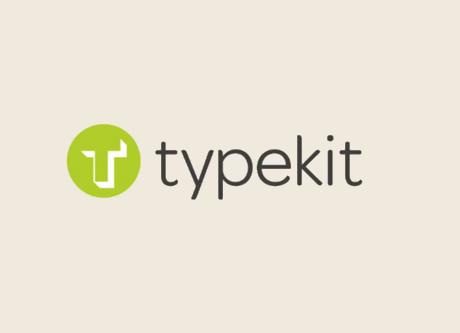

Harriet Flower defines this period as part of “the republic of the nobiles” which as we’ll see is an apt title as well.īut even by the beginning of this period, the Roman Republic is enormous by the standards of a polis. In particular what we’re going to look at here is really a snapshot of the republic as it functioned in the third and second centuries, what Roman historians call the ‘Middle Republic’ (c. We’re going to be taking a snapshot of the Roman Republic, necessary because the republic changed over time. Which leads into the other major difference: size. They imagine the republic differently than a polis and that leads to some meaningful differences in its structure and nature, even though it seems to share a lot of ‘DNA’ with a polis and in some sense could be described as an ‘overgrown’ city-state.

On the other hand, as we’re going to see, the Romans have some different ideas about the res publica (that’s their phrase which gives us our word ‘republic’).

As we’ll see, the Roman Republic has a lot of the same features as a polis: a citizen body, magistrates, a citizen assembly, all structured around a distinct urban center and so on. As with that series, we’re going to start by defining our community and its constituent parts in this part, before moving through the elements of its government in subsequent essays in this series.ĭiscussing the Roman Republic after already looking at the normal structure of a polis offers an interesting vantage point. If you’re already a Portfolio plan customer, enjoy the new fonts! If you’ve never given Typekit a try, sign up - it’s free! Upgrading is easy, whenever you’re ready.This is the first of a planned five-part series looking at the structure of the Roman Republic as another example of civic governance structures in antiquity, to match our series on the Greek polis. Upgrade to a Portfolio plan or higher for access to Omnes Pro. The lighter weights, on the other hand, are poised and refined - striking, yet approachable, expressing the same design features evident in the heavy weights, but with composure and subtlety.

The heavy weights are bouncy and smiley, with inflated letterforms and exaggerated crescent terminals. Omnes’ sixteen styles (eight weights, each with an italic) share an element of simplicity and precision, and can evoke different moods while maintaining the family personality. An all-purpose typeface in a broad range of weights, Omnes is as versatile as it is beautiful - an elegant, simple sans serif capable of boisterous boldness. And it looks great on Windows, too. Today, we’re happy to welcome Darden Studio and Omnes Pro to Typekit’s library.


 0 kommentar(er)
0 kommentar(er)
